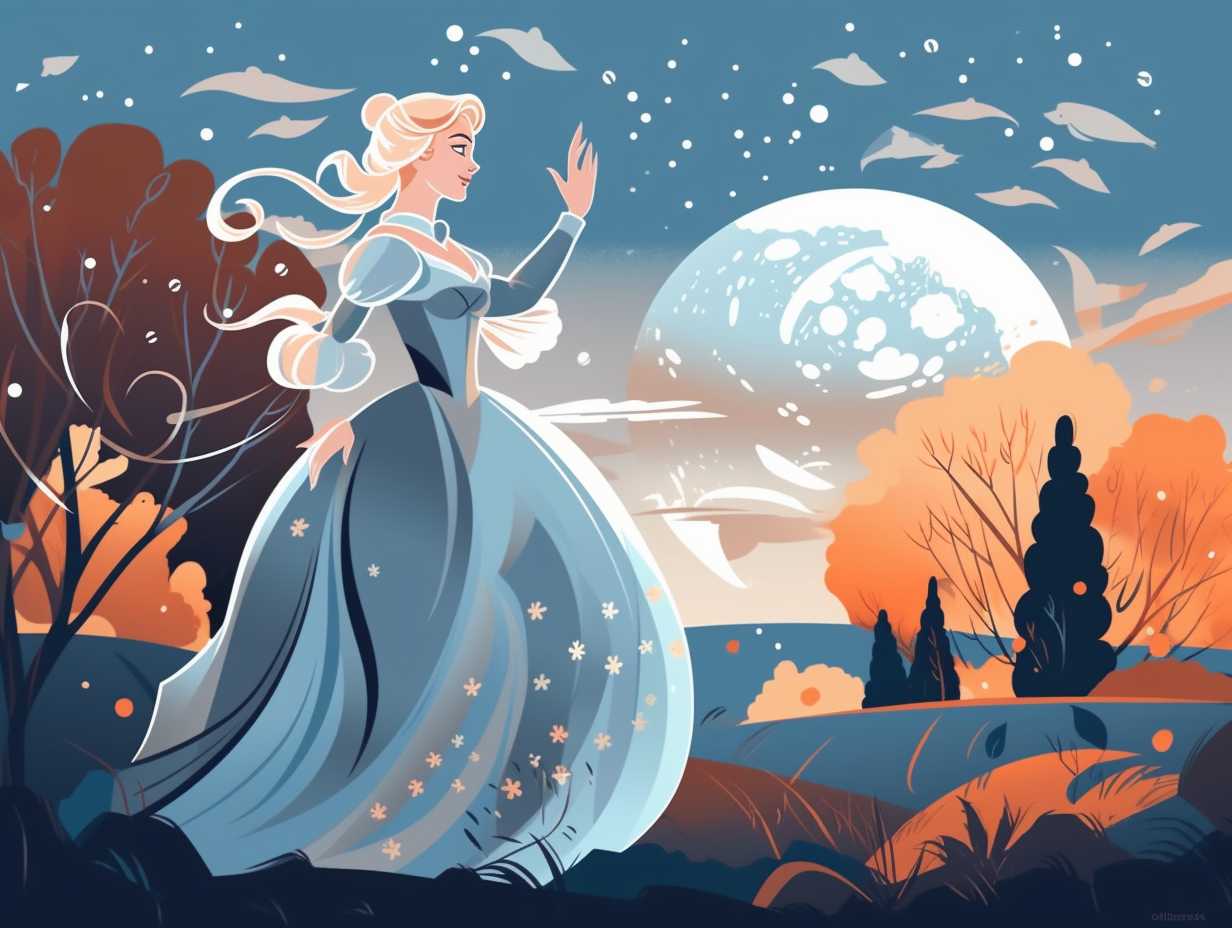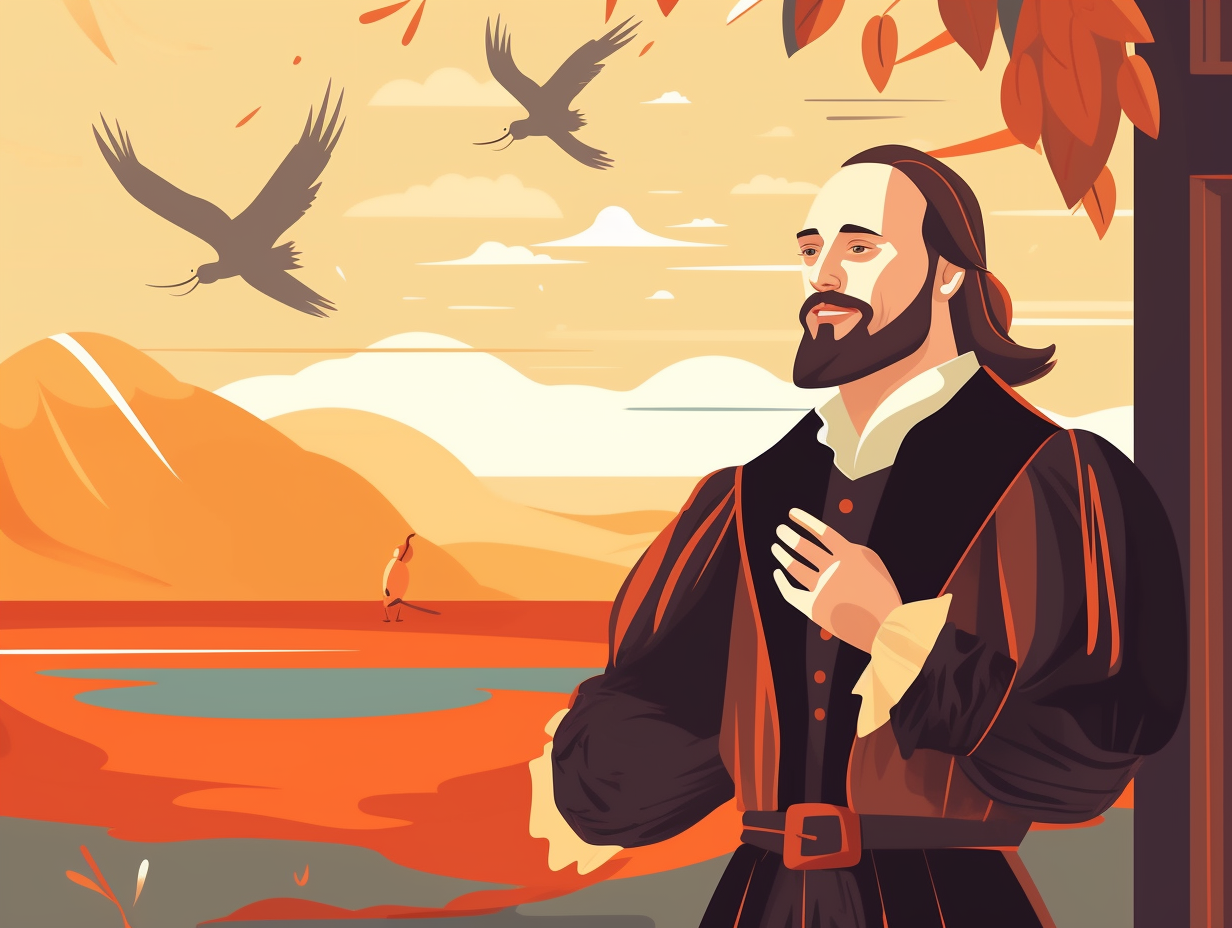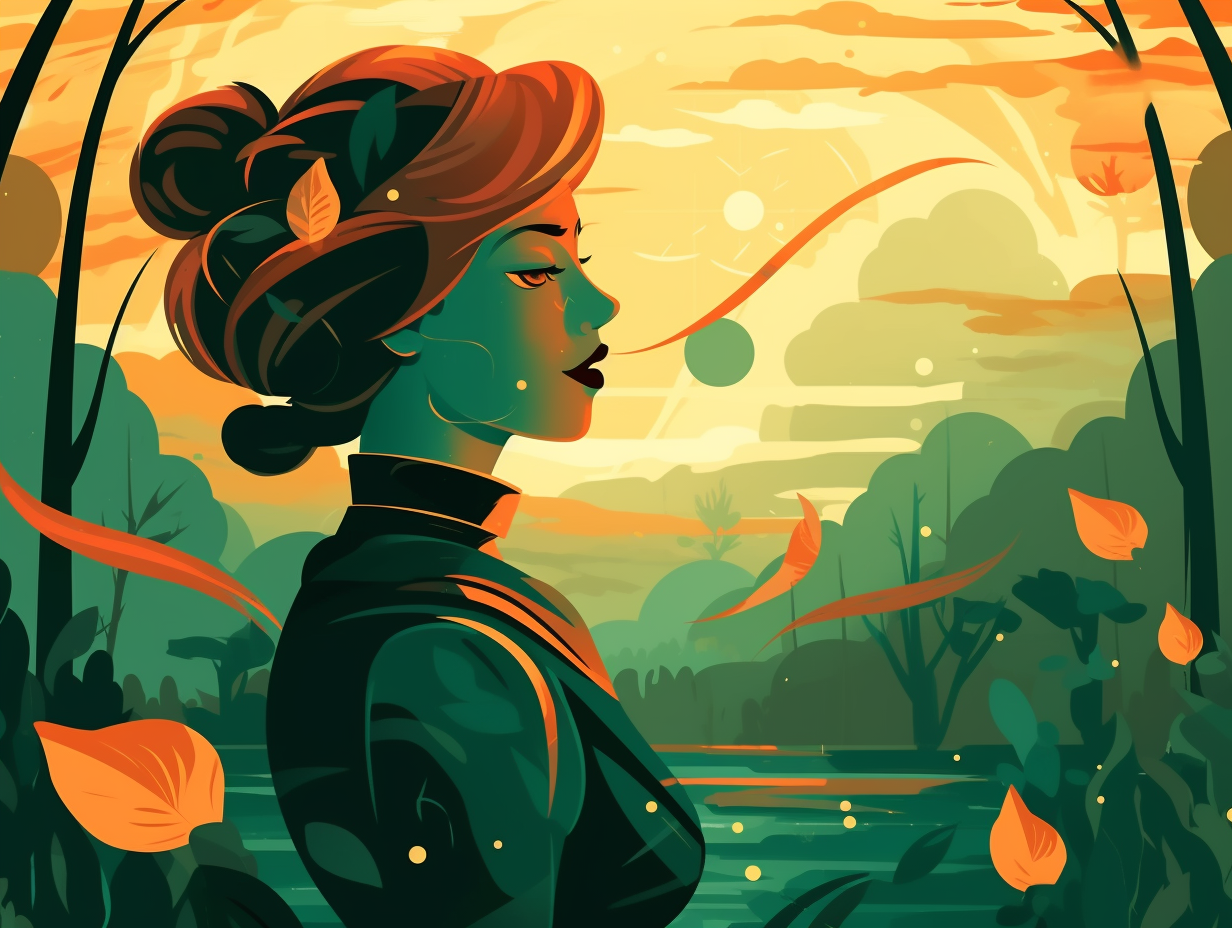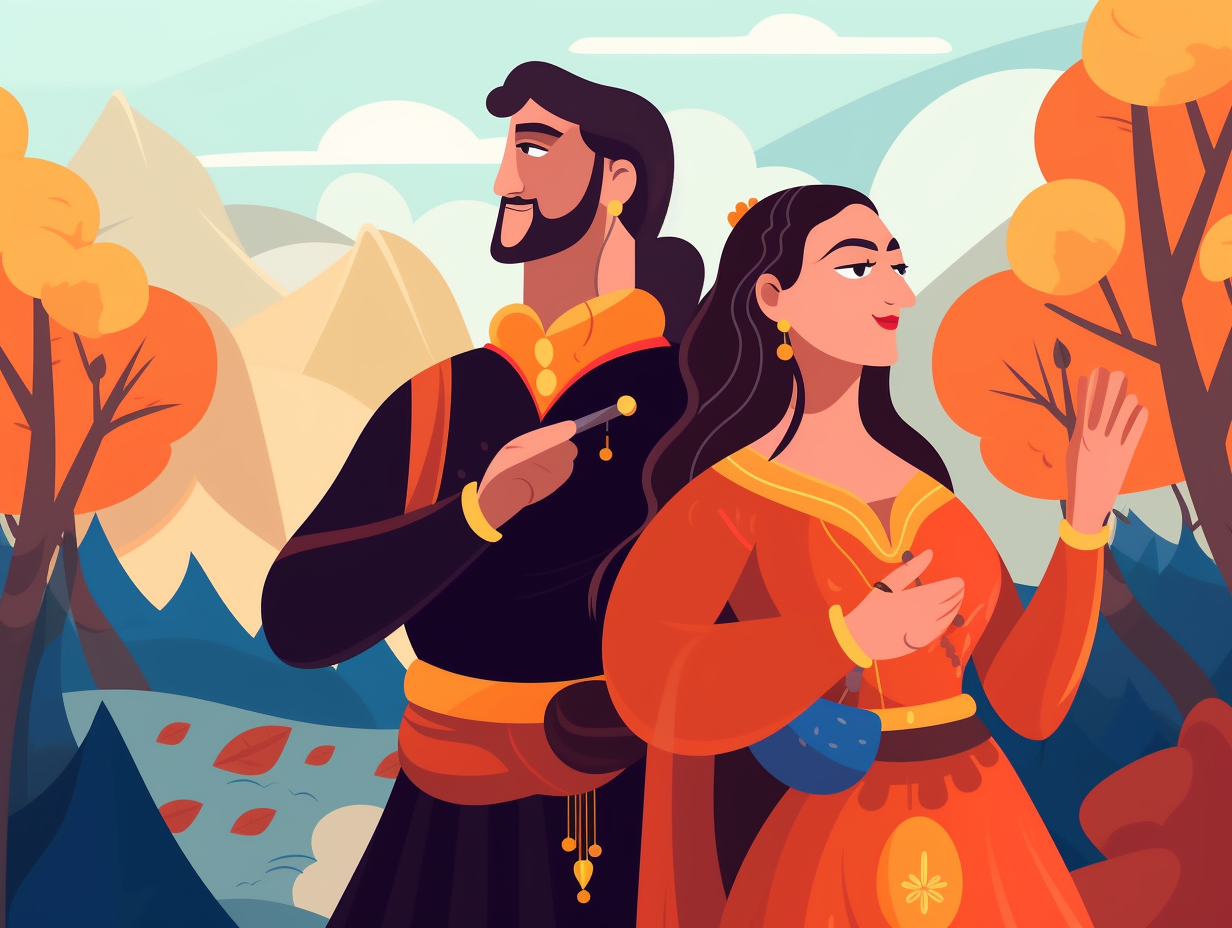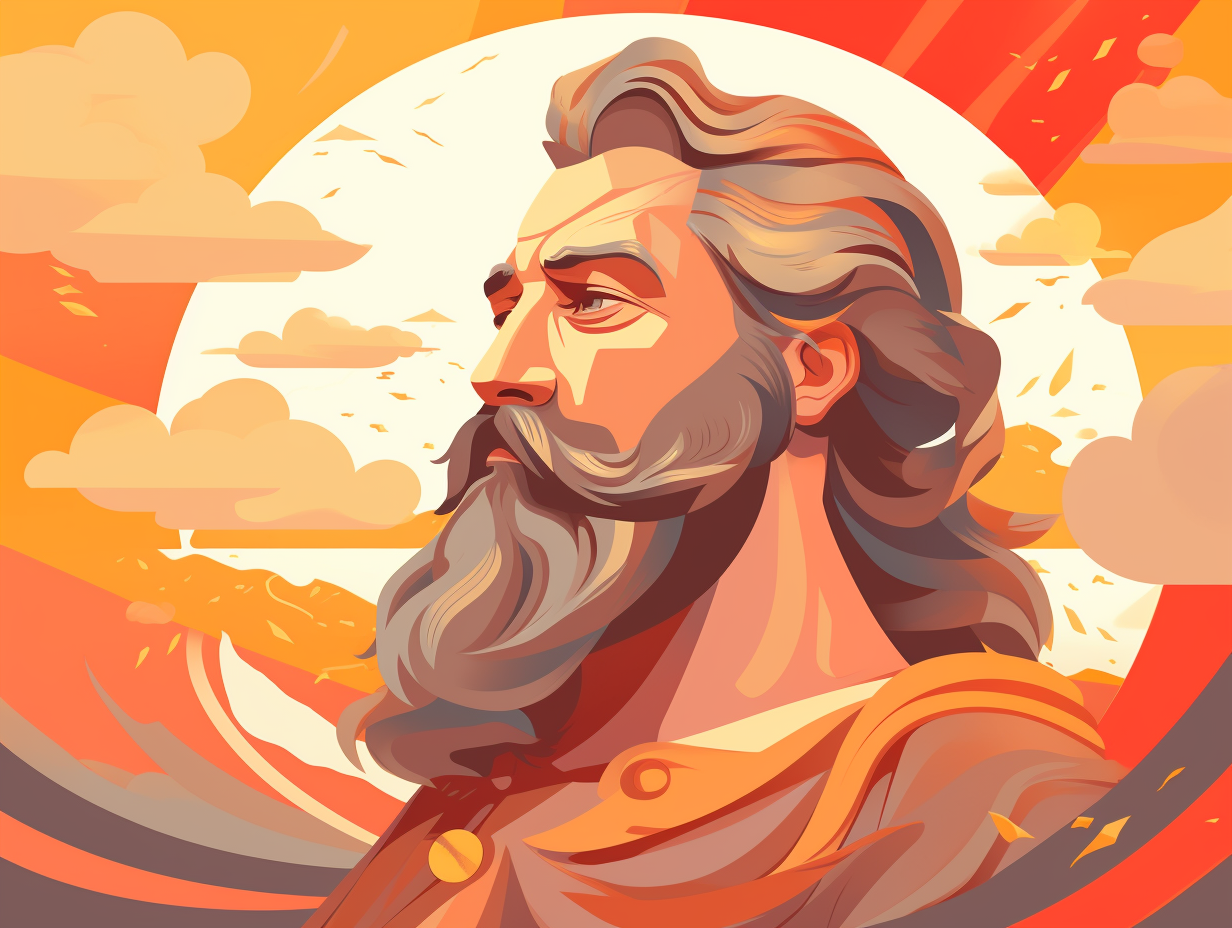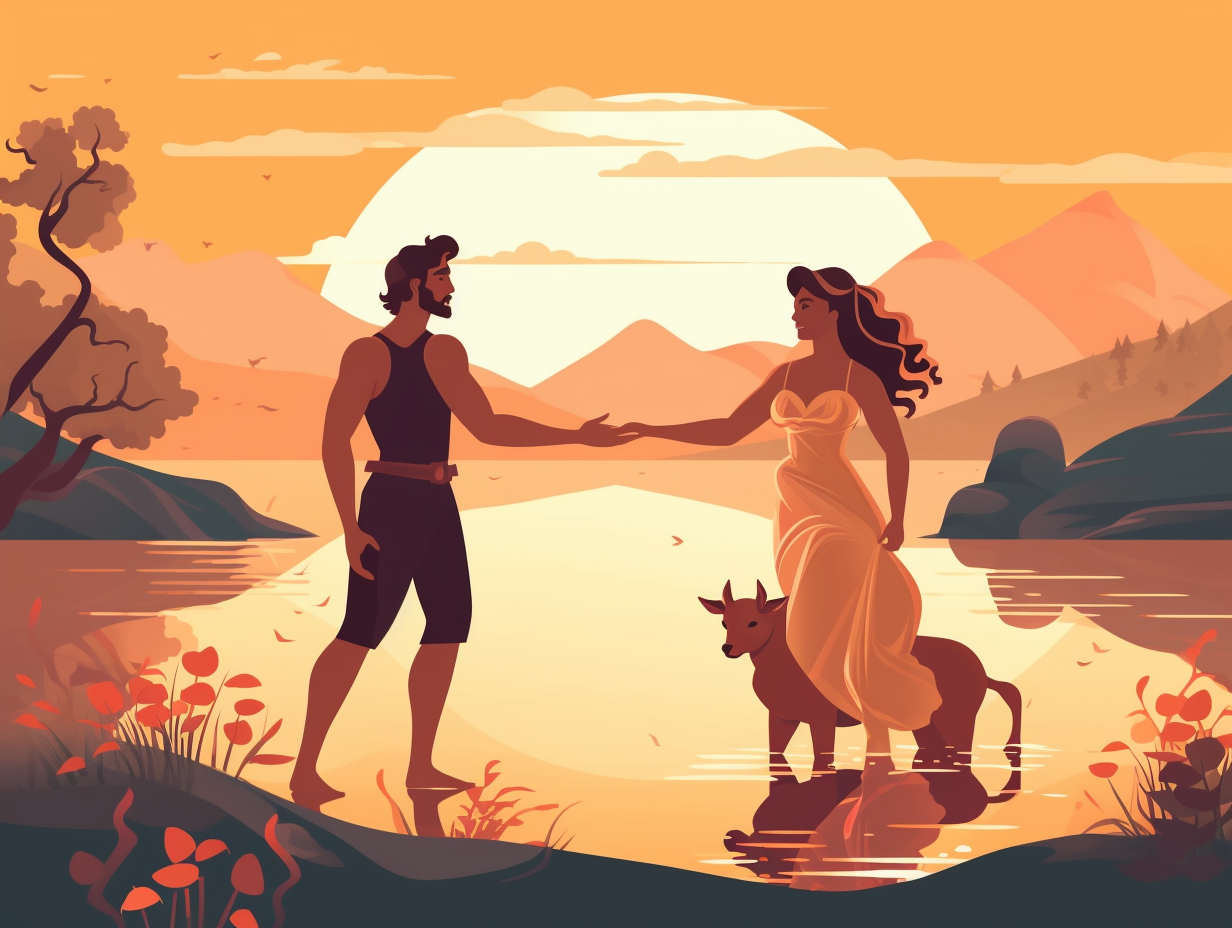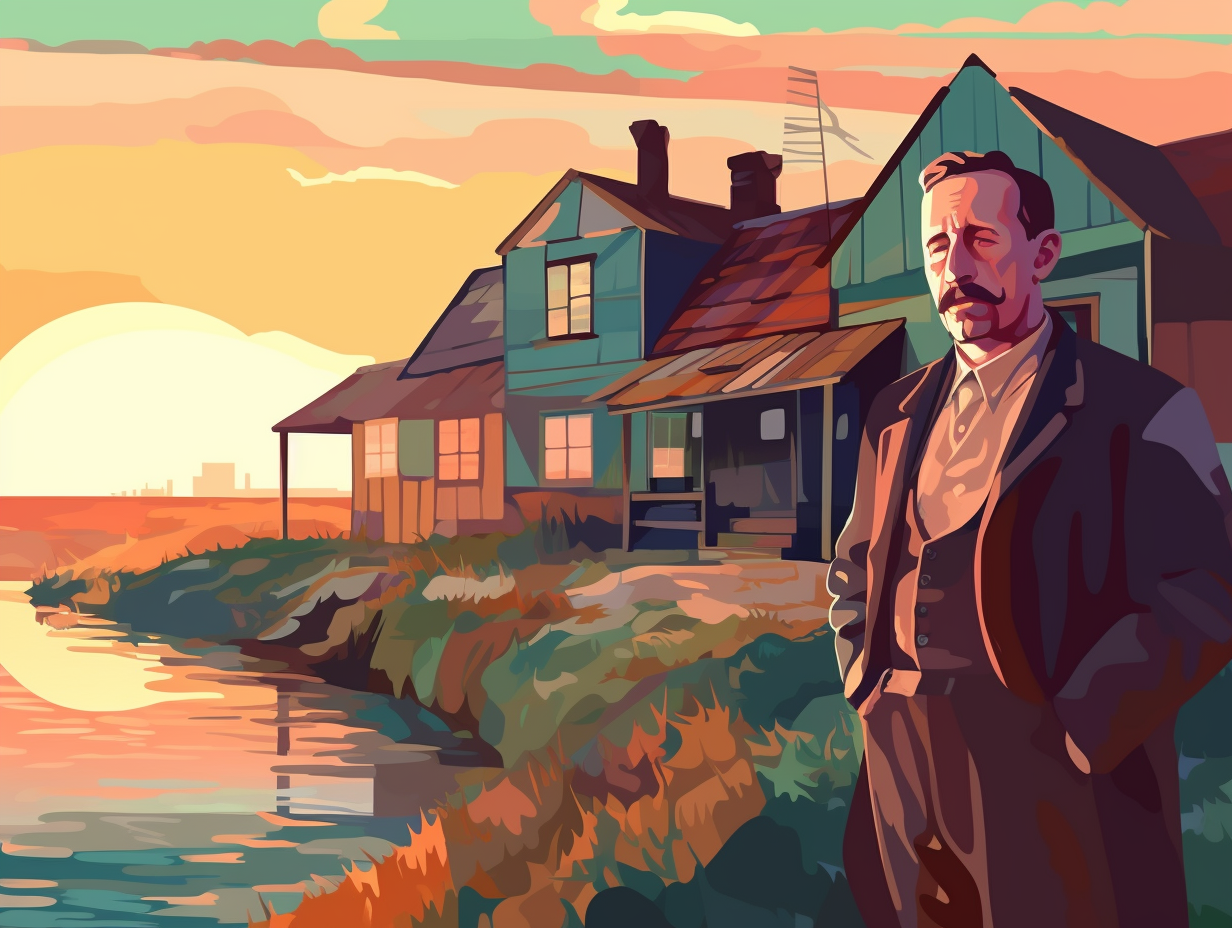Discover the Magic of Words: 13 Fascinating Fun Facts About Writing You Never Knew!

1. Ink-Slinging Superheroes: Ballpoint Pen Origins
In a world where ink-slinging superheroes and villains leave papers in a smudged state of chaos, one mighty Hungarian inventor and his chemist sidekick save the day: Laszlo Biro and his brother Gyorgy triumphed where John J. Loud faltered, developing the first commercially successful ballpoint pen in 1938 by adapting quick-drying newspaper ink, culminating in BIC’s global ballpoint pen domination with over 100 billion sold.
Source => en.wikipedia.org
2. Ancient Mesopotamia's Hands-On Writing Experience
Long before "writing" meant angrily jabbing at a tiny touchscreen with your thumbs, ancient Mesopotamians had to get up close and personal with their wet clay tablets: using cut reeds shaped like a stylus, scribes in 3000 B.C.E. crafted the cuneiform writing system by making wedge-shaped marks that represented sounds, providing a truly hands-on experience.
Source => khanacademy.org

Did you know the world's smallest printed book, "Flowers of the Four Seasons," measures a tiny 0.74 x 0.75 mm? Discover this minuscule marvel at the Toppan Printing Museum in Tokyo, Japan! 📚🔎
=> Fun Facts about Books
3. Medieval Twitter: Space-Saving Abbreviations
Step aside, Twitter and your character limits; medieval writers were the real space-savers in town: In an effort to conserve precious parchment, scribes from the Middle Ages introduced abbreviation marks like dashes and wavy lines to shoo away excessive letters in words, resulting in a European lingo of standard abbreviations so cryptic, it'd make Dan Brown a fan!
Source => nationalarchives.gov.uk
4. Shakespeare: The Ultimate Linguistic Innovator
Lo and behold, the granddaddy of beatboxing and literary word-slinging fiestas: It was none other than William Shakespeare who took a mighty "swagger" towards linguistic innovation, turning the "eyeball" of every future wordsmith in his wake. Revel in the bard's sagacity: Shakespeare not only gave life to new words but also sliced and diced the existing ones by conjugating nouns as verbs and employing versatile prefixes and suffixes. The fruits of his literary extravaganza continue to thrive in our modern-day lexicon.
Source => earlybirdbooks.com

5. William S. Burroughs and the Cut-Up Technique
Ever had a writer's block and just felt like slicing up your work, only to realize you accidentally created a masterpiece? Well, thank William S. Burroughs for that: In the 1950s and 60s, Burroughs developed the cut-up technique, which involves chopping a finished text into pieces and rearranging them to make a new masterpiece. Inspired by the Dadaists of the 1920s and later teaming up with artist Brion Gysin, Burroughs applied this method to printed media and audio recordings, uncovering hidden meanings and even dabbling in divination.
Source => en.wikipedia.org
6. GPT-2: The AI Literary Genius
Just when you thought your favorite novel's prose couldn't get any smoother: a language model named GPT-2 is turning the literary world upside down! Far from the typical, straight-laced writing companion, GPT-2 spins convincing tales, translates languages with ease, and does all this without ever being specifically trained for the task. Though it has a penchant for wandering off the beaten narrative track, its zany versatility spotlights the power of language models and how they just might usher in a whole new chapter for text generation. Beware, though; this wordsmithing wonder shouldn't become an agent of mischief, like a literary Loki spreading fake news and chaotic propaganda online.
Source => theverge.com
7. Shuowen Jiezi: The Ancient Chinese Siri
Before Siri and Alexa, there was Shuowen Jiezi: a Chinese dictionary from the 2nd century that not only dished out definitions, but analyzed the structure of characters and pioneered the radical approach to character organization that's still in use today.
Source => en.wikipedia.org
8. Confucius and the First Printed Book
Did Confucius order takeout? Legend has it he couldn’t find a menu to suit his ancient Chinese cravings, so he just invented the first printed book instead: Enter the Diamond Sutra, the earliest surviving dated complete book, created via woodblock printing on May 11, 868. Measuring 16 feet by 10.5 inches, this Buddhist manuscript was discovered by Sir Marc Aurel Stein in the Mogao Caves and now resides in the British Library, boasting the inscription: "reverently made for universal free distribution by Wang Chieh on behalf of his parents on the fifteenth of the fourth moon of the ninth year of Xian Long (May 11, 868)."
Source => historyofinformation.com
9. Typewriters: The Age of Caps Lock
Back in the day when caps lock was king and everyone typed like they were constantly shouting: the first commercially successful typewriter, the Sholes and Glidden, could only print in uppercase letters. The Remington No. 2 later graced writers with the gift of both uppercase and lowercase typing, revolutionizing the clerical workplace and propelling many women into the workforce as expert typers.
Source => en.wikipedia.org

10. Ancient Scroll Storage: Capsa Containers
Back in the days when the pen was mightier than the scroll: ancient writers used to jot down their profound thoughts and epic stories on papyrus or parchment scrolls, complete with polished edges and a helpful little index sticking out the end. They'd then wrap these rolls up in fancy colored strings or straps – and if it was a super important scroll, it would get a protective envelope too. Finally, they'd store these scrolls in chic, cylindrical capsa containers – complete with a trendy lock to keep their literary secrets safe!
Source => historyofinformation.com
11. Telegram Style: The OG of Abbreviated Messaging
Long before LOLs and ROTFLs had our thumbs tapping up a storm, quick-witted telegraph whiz kids were already ruling the land of brevity: Telegram style emerged to help users cut costs and deliver clear messages using coded expressions and abbreviations, a technique that paved the way for modern language abbreviation in SMS messaging and beyond.
Source => en.wikipedia.org
12. Tolstoy's Epic Character Dinner Party
Imagine Leo Tolstoy hosting the most epic dinner party of all time, with Napoleon Bonaparte debating strategy over hors d'oeuvres, Tsar Alexander I sipping tea next to Tolstoy, and a whole lot of sidekicks eagerly awaiting their turn to chime in: "War and Peace" actually features a surprisingly sensible guest list of 140 main characters, while still managing to cram in about 500 named characters throughout this literary soirée.
Source => en.wikipedia.org
13. Bi Sheng: The Innovator of Movable-Type Printing
Long before emojis and 140-character tweets, innovative minds decided that clay pottery just wouldn't make the tweet of the century: Chinese inventor Bi Sheng pioneered the first known movable-type printing system in 1040 AD during the Northern Song dynasty, which later evolved into wooden and metal printing methods that ultimately led to Gutenberg's game-changing metal movable-type printing press in 1450 Europe.
Source => en.wikipedia.org
Related Fun Facts







